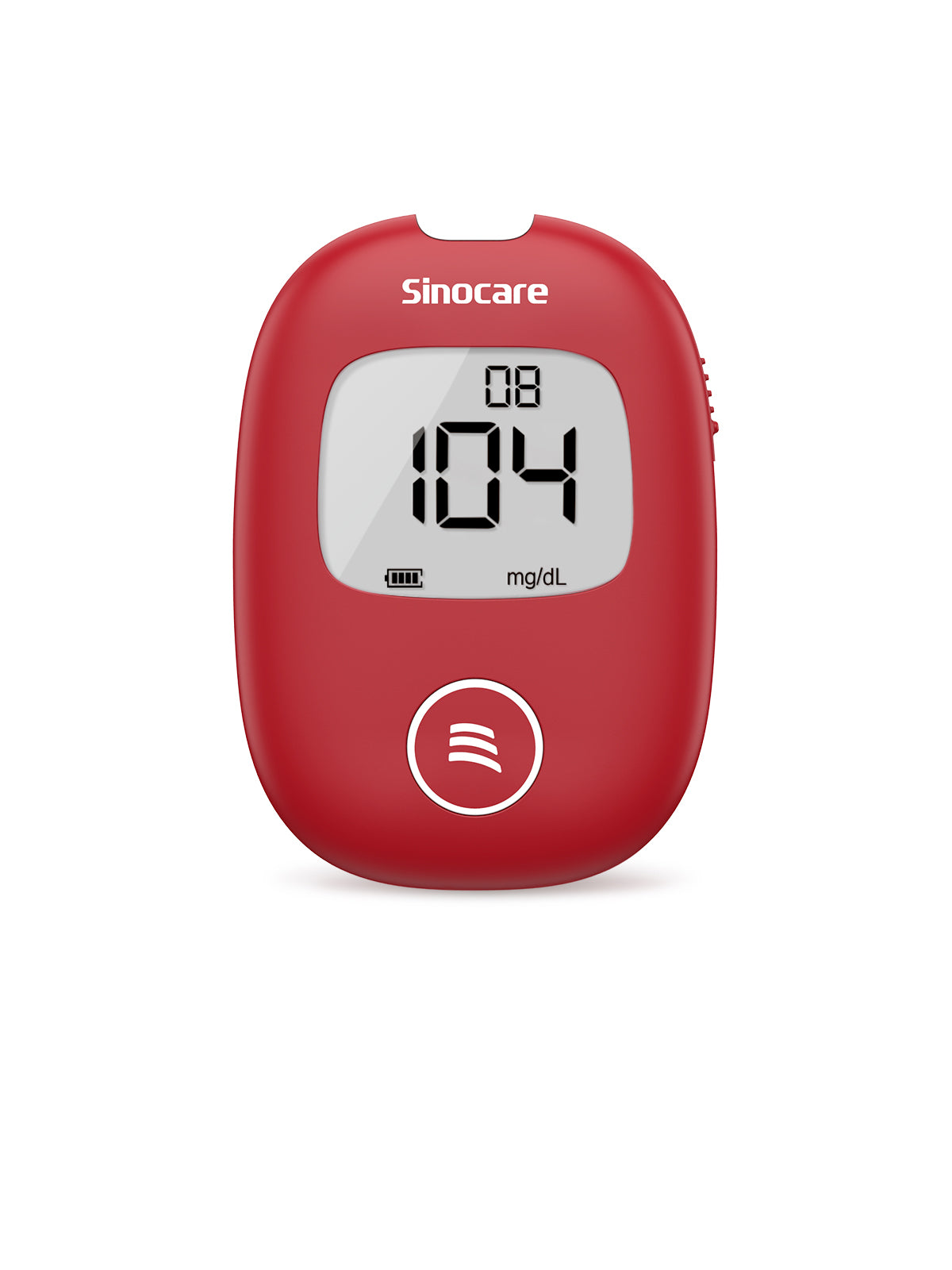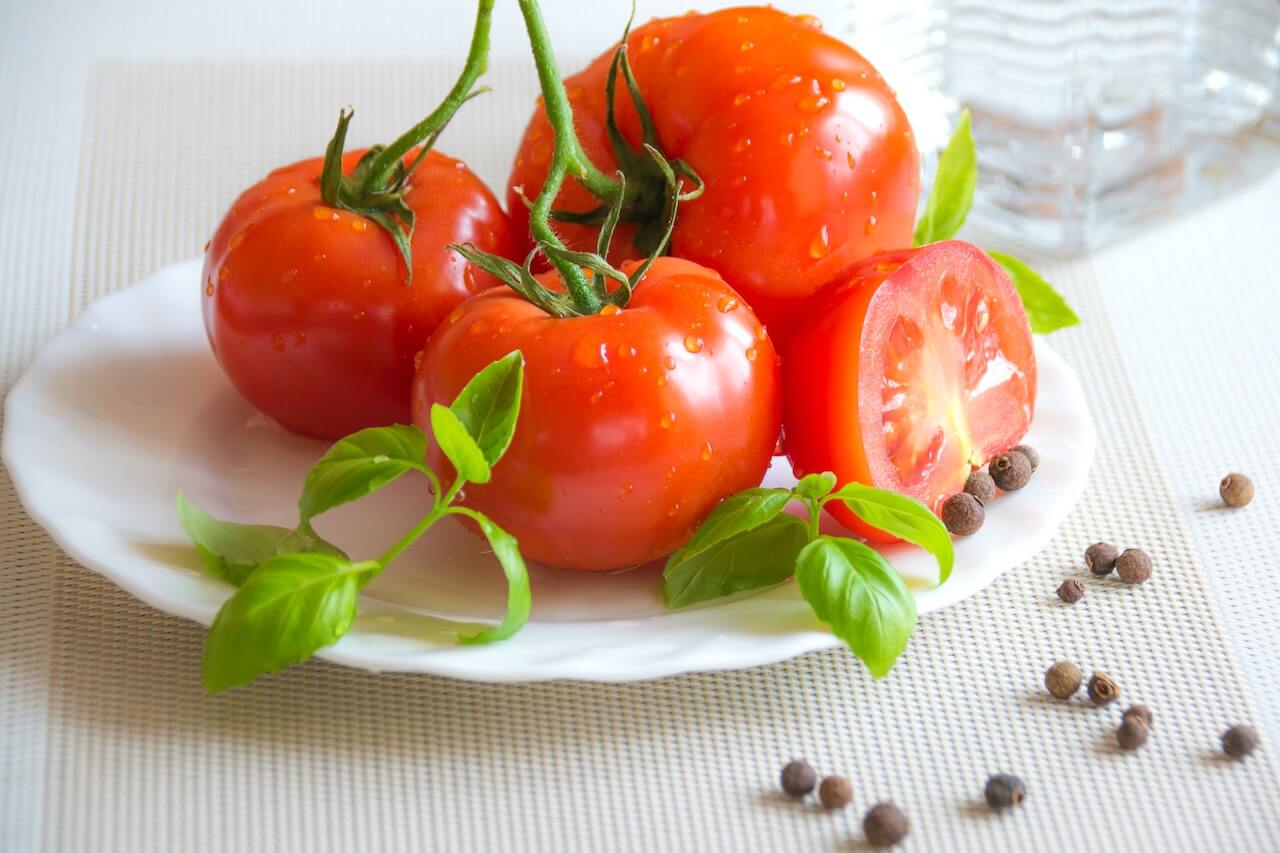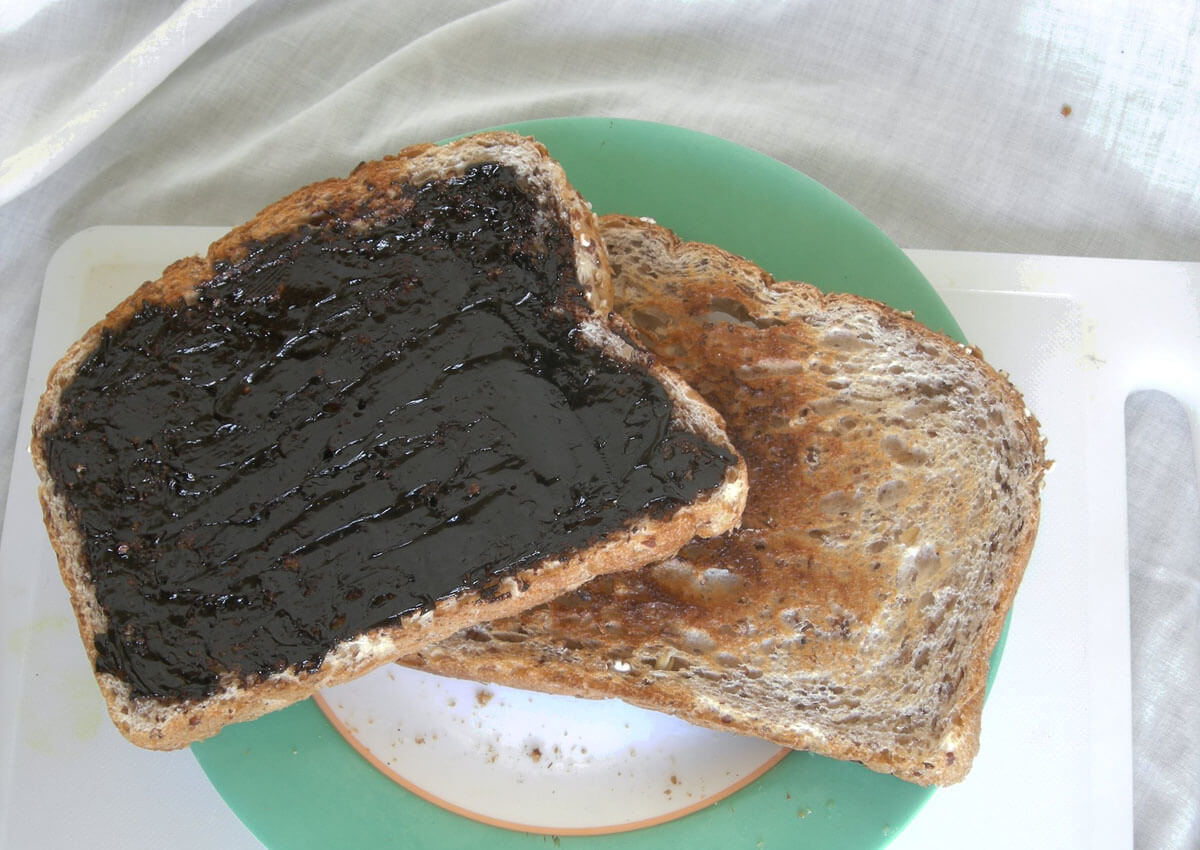Gout is a joint disease in which minute crystals form inside our joints. These crystals cause joint pain and swelling (arthritis) [1]. This disorder can cause severe pain, restrict movement, and curtail work and daily living activities. Foods are known to trigger gout attacks, and tomatoes are one of the most frequently implicated by people with gout [2].
Gout is more common in men and usually affects smaller joints like those of the toes, ankles, and fingers. The big toe is most commonly affected. Gout happens in episodes lasting three to ten days. During this time, the affected joints are swollen, painful, and feel warm. The skin over the joints may be red and shiny. If we get proper treatment, the joints are not damaged [3].
The crystals in gout are made of uric acid, which is produced in the body when it breaks down purine. Purine is broken down into hypoxanthine, xanthine, and then uric acid. Our body produces about 800 to 100 milligrams of uric acid daily. About 70% of this is removed by the kidneys in the urine; the rest by the intestines [4].
When blood levels of uric acid are very high, crystals of urate form in the joints. Purine is present in many foods; eating it can increase uric acid levels and provoke a gout attack [5].
Nutritional Value of Tomatoes
Tomatoes don't provide much in the way of proteins or energy, but they're rich in minerals, vitamins, and other bioactive molecules. A 100-gram portion of tomatoes provides [6]:
- Energy: 18 Calories
- Protein: 0.88 grams
- Fats: 0.2 grams
- Carbohydrates: 3.89 grams
- Dietary fibre: 1.2 grams
Tomatoes provide us with several minerals — calcium, iron, magnesium, phosphorus, potassium, sodium, zinc, copper, manganese, and selenium. They're a rich source of vitamin C but also provide several of the B-group vitamins, vitamin A, and vitamin K.
Tomatoes are also an excellent source of bioactive molecules such as beta-carotenoids, lycopene, phenolic compounds, and caffeic and ferulic acids. These compounds have antioxidant properties and help our body detoxify many harmful substances. They also scavenge cell-damaging reactive oxygen species and protect cell membranes, DNA, and metabolic enzymes [7].
These nutritional benefits make tomatoes a valuable part of any healthy eating pattern. Tomatoes in the diet save us from degenerative diseases of the heart, brain, and nervous system. These potent molecules in tomatoes also have actions against aging and cancer.
Pros of Eating Tomatoes with Gout
Vitamin C lowers blood levels of uric acid. Tomatoes are rich in vitamin C, providing 13.7 milligrams per 100-gram portion [6]. Consuming vitamin C regularly can reduce gout attacks [8].
Cons of Eating Tomatoes with Gout
Though tomatoes are not high in purine content, eating tomatoes is associated with an increase in uric acid levels [2]. Higher blood levels of uric acid can lead to the deposition of urate crystals in the joints. These crystals trigger a reaction leading to a gout attack lasting several days.
How Can I Know if Tomatoes Are a Trigger for Me?
It is somewhat difficult because tomatoes are only a small part of our meals. We usually consume other vegetables and fruits, red meat, seafood, poultry, sugary drinks, and dairy products every day, besides alcoholic drinks.
If we want to be sure tomatoes are safe or harmful for us, we should try a diet that excludes the other known gout triggers for a few days. During this time, we can consume tomatoes in suitable serving sizes. If such a meal plan triggers symptoms of gout, we can assume that tomatoes are a trigger.
Though individual foods may have an effect on uric acid blood levels, their effect on gout is less clear. Dietary habits have only a small effect on the causation of gout. Genetic factors, obesity, and medicines for gout have a much more pronounced effect on controlling uric acid levels and the disease [9].
Frequently Asked Questions (FAQs)
Are there any other fruits and vegetables to be aware of with gout?
Most fruits and vegetables are safe for us to eat; they don't provoke gout. Some vegetables, like spinach and asparagus, are high in purine content. However, eating them does not increase the risk of gout attacks [5].
Cherries are a beneficial fruit for us. They have anti-inflammatory compounds and also reduce our blood levels of uric acid [10]. Fruits and vegetables provide beneficial complex carbohydrates. We should avoid high-fructose corn syrup and sweet fruit juices [5].
Rather than fruits and vegetables, we should avoid red meat, oily fish, seafood, foods containing yeast extract, and sugary drinks and snacks. Such foods and beverages are associated with an increased risk of gout [8].
Why do tomatoes trigger gout flare though they are low in purine?
Tomatoes are not a purine-rich food. Nevertheless, eating tomatoes is associated with increased uric acid levels. This increase can be as much as that seen after consuming seafood, red meat, or alcohol [11].
Purine consumption and gout do not have a linear, predictable relationship. There are several genetic and metabolic factors that influence uric acid levels after consuming particular foods. In any one individual, certain foods can provoke an episode of gout. Despite their low purine content, many people consider tomatoes a gout trigger.
When to see a doctor?
We sometimes get used to gout symptoms and tend to wait for them to subside. This is also likely if our doctor has prescribed us medicines to take for an attack. We should consult our doctor if [3]:
- The fever is high, and you feel shivery
- The pain gets worse
- The usual medicines don't provide relief
- The skin over a joint is hot and swollen
Our doctor will advise about diet and lifestyle changes to keep gout under control and avoid painful flare-ups. Among the measures that help control gout are physical exercise, weight loss, vitamin C supplements, low-fat milk, consuming coffee and cherries, and a diet rich in fruits, vegetables, whole grains, fish, poultry, and nuts. We should avoid saturated fats, red meat, sweets, and sugary drinks [4].
If we have frequent attacks, our doctor will prescribe urate-lowering therapy (ULT). This consists of medicines like allopurinol, febuxostat, benzbromarone, and sulfinpyrazone. These medicines decrease uric acid production in the body and lower blood levels [8].
ULT must be taken every day and has to be continued lifelong. Our doctor will also provide medicines to control the pain of an acute attack and reduce joint inflammation and swelling. Lifestyle changes our doctor may advise are weight loss, reducing alcohol consumption, regular joint-safe physical activity such as swimming, and following a low-purine diet [8].
How Sinocare Can Help
Worrying about getting gout? Using our UG testing kit can help you know the ups and downs of the uric acid level inside your body easily.
Final Thoughts
Eating a diet aimed at reducing uric acid levels in our blood can reduce the likelihood of gout attacks. Alcohol (especially beer), purine-rich foods, red meat, seafood, and sugar-sweetened beverages increase our blood uric acid levels. Tomatoes are also a trigger food for gout episodes [2].
Maintaining a food and symptom diary can help us identify our particular triggers, such as tomatoes. We can reduce the frequency of painful gout attacks by avoiding the identified triggers in our diet and habits. A careful diet plan that includes low-salt vegetables, fresh poultry and meat, and cooking without salt will help to reduce the number and severity of gout attacks.
However, our doctor will probably prescribe medicine to reduce uric acid, which is the most effective method of controlling gout. Regular medication can save us from overly restrictive and unpleasant meals while still controlling our disorder.
References
- National Health Service: Gout. https://www.nhsinform.scot/illnesses-and-conditions/muscle-bone-and-joints/conditions/gout
- Flynn, T.J., Cadzow, M., Dalbeth, N. et al. Positive association of tomato consumption with serum urate: support for tomato consumption as an anecdotal trigger of gout flares. BMC Musculoskeletal Disorders 2015; 16: 196. https://doi.org/10.1186/s12891-015-0661-0668
- National Health Service: Gout. https://www.nhs.uk/conditions/gout/
- Roman Y. M. (2019). The Daniel K. Inouye College of Pharmacy Scripts: Perspectives on the Epidemiology of Gout and Hyperuricemia. Hawai'i Journal of Medicine & Public Health 2019; 78: 71–76. https://www.ncbi.nlm.nih.gov/pmc/articles/PMC6369891/
- Mayo Clinic. Gout diet: What's allowed, what's not. https://www.mayoclinic.org/healthy-lifestyle/nutrition-and-healthy-eating/in-depth/gout-diet/art-20048524
- U.S. Department of Agriculture. Tomatoes, red, ripe, raw, year round average. https://fdc.nal.usda.gov/fdc-app.html#/food-details/170457/nutrients
- Ali, M. Y., Sina, A. A., Khandker, S. S., Neesa, L., Tanvir, E. M., Kabir, A., Khalil, M. I., & Gan, S. H. Nutritional Composition and Bioactive Compounds in Tomatoes and Their Impact on Human Health and Disease: A Review. Foods 2020; 10: 45. https://doi.org/10.3390/foods10010045
- National Health Service. Gout — Treating gout. https://www.nhsinform.scot/illnesses-and-conditions/muscle-bone-and-joints/conditions/gout#treating-gout
- Topless, R.K.G., Major, T.J., Florez, J.C. et al. The comparative effect of exposure to various risk factors on the risk of hyperuricaemia: diet has a weak causal effect. Arthritis Research and Therapy 2021; 23: 75. https://doi.org/10.1186/s13075-021-02444-8
- Cleveland Clinic. Gout Low Purine Diet. https://my.clevelandclinic.org/health/treatments/22548-gout-low-purine-diet
- ScienceDaily. New research backs belief that tomatoes can be a gout trigger. https://www.sciencedaily.com/releases/2015/08/150819103658.htm










Leave a comment
All comments are moderated before being published.
This site is protected by hCaptcha and the hCaptcha Privacy Policy and Terms of Service apply.